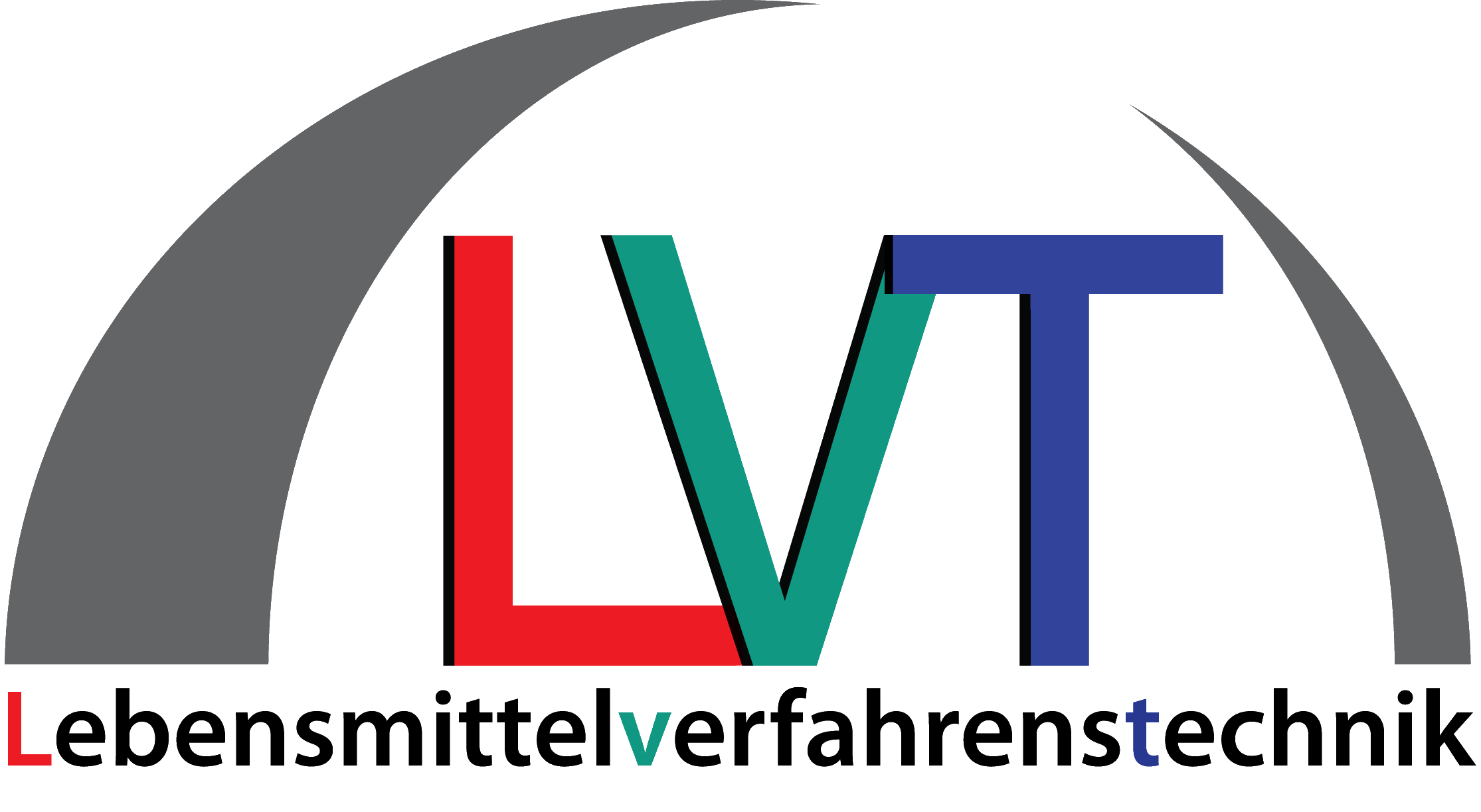
M.Sc. Julian Gerhäuser
- group:
Prozesse für nachhaltige Lebensmittelproduktion und Ernährungssicherheit
- room: 406
- phone: +49 721 608 43614
- fax: +49 721 608 45967
- julian gerhaeuser ∂does-not-exist.kit edu
Postanschrift: Kaiserstr. 12
Liefer- und Besucheranschrift: Gotthard-Franz-Straße 3
Geb. 50.31, 4. OG
D-76131 Karlsruhe
About myself
After graduating from high school, I first completed an apprenticeship as biotechnological assistant in Heidelberg. Afterwards I studied biotechnology at Mannheim University of Applied Sciences. Since 2019, I have been a research assistant at the Institute of Food Process Engineering, working on ice-binding molecules.
Research focus
Ice-binding molecules are able to influence the growth of ice crystals. In particular, they effect the recrystallization process during frozen storage. Due to the rearrangement of water molecules, large ice crystals become increasingly larger and small ice crystals disappear, while the ice content remains constant. Therefore, recrystallization is considered one of the main damage mechanisms during frozen storage causing severe damage of sensitive products such as dough, fruit and, in the medical field, cells as well as organs. In the case of ice cream, the coarsening of the ice crystal structure due to recrystallization also leads to an unpleasant mouthfeel when consumed.
The best-known group of ice-binding molecules are ice-binding proteins also known as antifreeze proteins. Meanwhile, these proteins have been found in a wide variety of living organisms. However, the interaction mechanisms between protein and the ice crystal as well as the further development of the ice surface structure are still unclear. This is also true for other ice-binding molecules such as kappa-carrageenan. Although viscosity-independent recrystallization inhibition and a change in ice crystal shape have already been found for kappa-carrageenan, binding to the ice crystal surface has not yet been demonstrated beyond doubt.
Methods
Molecular dynamic (MD-) simulations are used to gain insight at the molecular level into the ice binding of these molecules. In this way, ice binding can be verified and molecular groups important for the interaction can be identified. The interactions between the individual atoms are used to calculate the trajectories of motion. In addition to the simulations, the properties of ice-binding molecules are investigated by recrystallization experiments. Furthermore, ice-binding proteins can be efficiently purified by ice affinity chromatographic methods.
Publications
Gerhäuser, J.; Gaukel, V.
2025. Langmuir, 41 (7), 4641–4657. doi:10.1021/acs.langmuir.4c04461
Hale, J.; Furch, A.; Gerhäuser, J.; Gaukel, V.; Wefers, D.
2024. Food Hydrocolloids, 157, Art.-Nr.: 110423. doi:10.1016/j.foodhyd.2024.110423
Hale, J.; Gerhäuser, J.; Gaukel, V.; Wefers, D.
2024. European Food Research and Technology. doi:10.1007/s00217-024-04605-w
Gerhäuser, J.; Hale, J.; Wefers, D.; Gaukel, V.
2024. Biomacromolecules, 25 (7), 4535–4544. doi:10.1021/acs.biomac.4c00541
Gerhäuser, J.; Gaukel, V.
2021. Langmuir, 37 (40), 11716–11725. doi:10.1021/acs.langmuir.1c01620
Presentations
Gerhäuser, J.; Gaukel, V.
2022, March 16. Jahrestreffen der ProcessNet-Fachgruppen "Grenzflächenbestimmte Systeme und Prozesse", "Partikelmesstechnik" sowie "Aerosoltechnik" (2022), Online, February 16–17, 2022
Gerhäuser, J.; Gaukel, V.
2022. 36th European Colloid & Interface Society Conference (ECIS 2022), Chania, Greece, September 4–9, 2022
Gerhäuser, J.; Gaukel, V.
2022. Ice Binding Proteins Conference (IBP 2022), Kingston, Canada, July 29–August 1, 2022
Posters
Gerhäuser, J.; Gaukel, V.
2023. Jahrestreffen der DECHEMA-Fachgruppen Hochdruckverfahrenstechnik (2023), Bochum, Germany, March 13–15, 2023
Gerhäuser, J.; Wittner, M. O.; Gaukel, V.
2021, March 11. Jahrestreffen der ProcessNet-Fachgruppen Lebensmittelverfahrenstechnik, Mischvorgänge, Grenzflächenbestimmte Systeme und Prozesse (2021), Online, March 11–12, 2021

